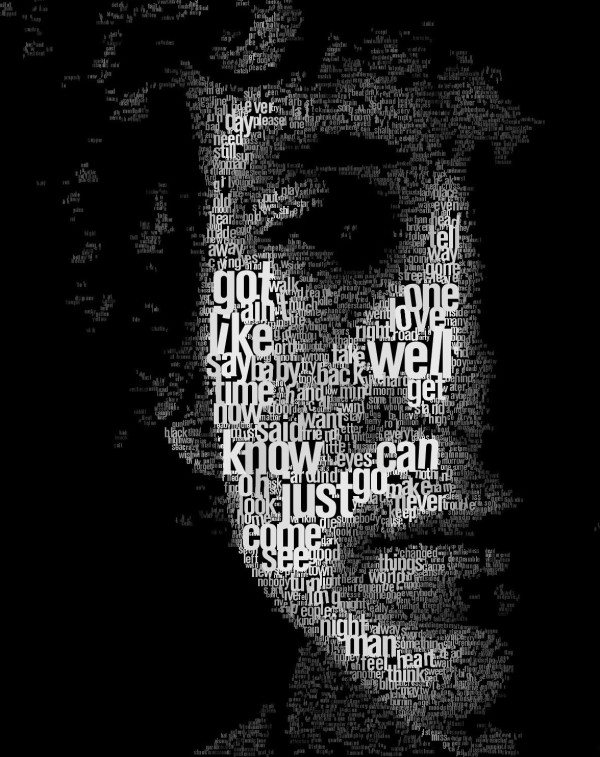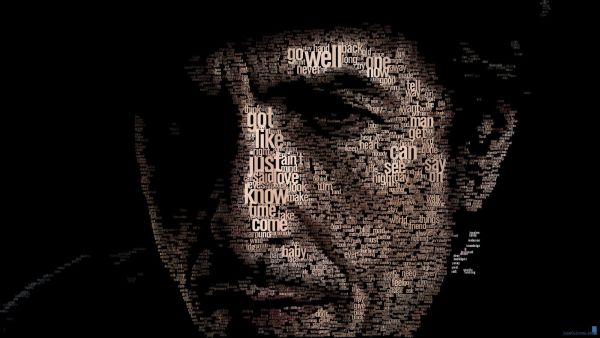NEW YORK MAGAZINE: You have to start by disregarding the well-told narrative: The soi-disant vagabond’s rise through folk music to a place of utter domination at the highest level of literate, passionate, and difficult pop and rock music, all by 1966; a retreat and Gethsemane until 1974, when he came back, roaring and vengeful, more passionately focused than before, adding a remarkable personal dimension to his ’60s work. After that, depending on how generously you view his career, there has been either a long decline or decades of remarkable and kaleidoscopic creativity, culminating in the triumphs, late in life, of his five most recent albums.
For an artist as rooted in our musical culture as Dylan, the linearity of a narrative works more to disconnect him from the influences and traditions his work comprises than to explain him. First, you have to appreciate the many layers that make up his peculiar but unmistakable aesthetic. His work is grounded in acoustic folk-blues—ballads, chants, and love stories, populated with mystical or just plain weird meanings and themes, rattling and farting around like tetched uncles in the attic of our American psyche. To this add the dread-filled dreamscapes—unexplainable, unnerving—of French Surrealism, and then, arrestingly, the punchy patois of the Beats, who originally intuited the substratum of social stresses that would whipcrack across the ’60s and into the ’70s. Then factor in personal songwriting, a strain of pop he basically invented, doled out first with obfuscations, payback, tall tales, and lies—some by design, some on general principle, some just to be an asshole—and then the signs, here and there (and then everywhere, the more you look), of autobiographical happenstance and deeply felt emotion.
And remember that some of his narratives are fractured. Time and focus shift; first person can become third; sometimes more than one story seems to be being told at the same time (“Tangled Up in Blue” and “All Along the Watchtower” are two good examples). And then there’s plain sonic impact: Even his earliest important songs have a cerebral and reverberating authority in the recording, his voice sometimes filling the speakers, his primitive but blistering guitar work adding confrontation, ease, humor, anger, and contrariness, presenting all but the most unwilling listeners with moment after moment of incandescence. […]
He came to New York in early 1961, telling anyone who’d listen he’d ridden the rails, played with Buddy Holly, all sorts of nonsense. In reality, he was a fairly middle-class kid who’d hitchhiked, in winter, from the far north of Minnesota; in a way, this single act of propulsion toward reinvention by a 19-year-old is braver and more interesting than all his later tall tales of travel. He arrived in New York on the coldest day the city had seen in many years. He was a prodigy, with a natural affinity for a medium that would, unexpectedly, afford a few people like him international acclaim and a permanent place in the cultural firmament, and lots of money too. His uncanny musicianship—producing enduring melodies and lovely harmonica solos—included an ability to effortlessly transpose keys that would impress professionals throughout his career. He also had a first-class mind, quick (almost too quick) of wit and relaxed enough to let inspiration flow without forcing it, yet also wiry, retaining permanently the complex wording of many hundreds of tunes. He soaked up the songs and the lore of folk and blues, cobbling together a shtick—an Okie patois, a shambling affect, and a fixation with Woody Guthrie, the socialist troubadour of the ’30s and ’40s and the author of “This Land Is Your Land,” who at the time was dying in a New Jersey hospital. It all served to disguise, at first, a mysterious charisma—with eyes, as Joan Baez remembered them later, “bluer than robin’s eggs”—and an apparent ambition that left a few damaged friendships, and egos, in its wake. MORE
RELATED: An Open Letter From ‘Mick Jagger’ To Keith Richards


